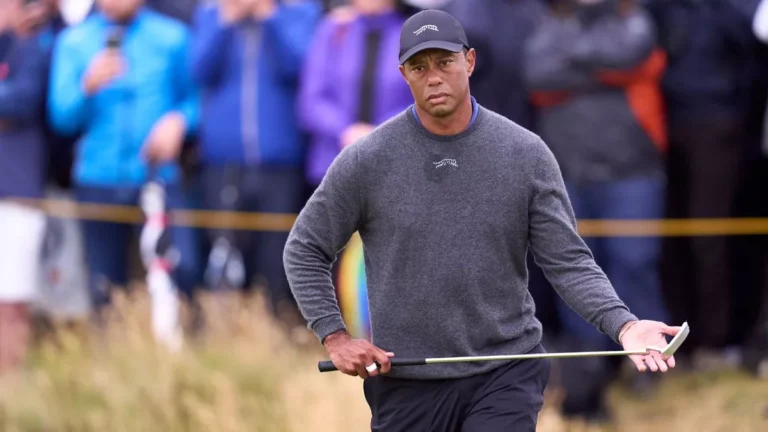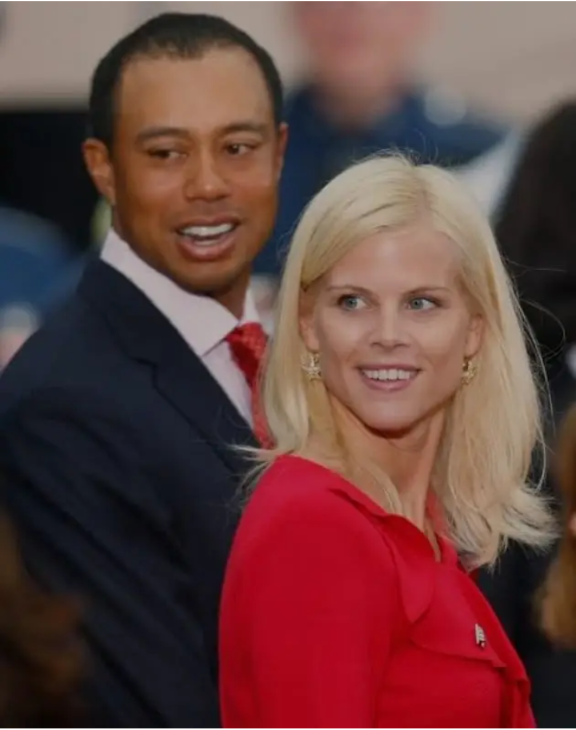“Unbelievable Secret Revealed: The One Thing Tiger Woods Wishes Nike Never Exposed!”
Tiger Woods’ recent announcement of parting ways with Nike after a 27-year partnership prompts reflection on the profound impact the collaboration had on shaping Woods’ brand and highlighting the role of race in American golf history. The narrative transcends mere product endorsements; it encapsulates a powerful story of defiance against racism and structural barriers, making…
Tiger Woods’ recent announcement of parting ways with Nike after a 27-year partnership prompts reflection on the profound impact the collaboration had on shaping Woods’ brand and highlighting the role of race in American golf history. The narrative transcends mere product endorsements; it encapsulates a powerful story of defiance against racism and structural barriers, making Woods not just a golfing legend but a symbol of resilience and inspiration.
The pivotal Nike commercial featuring Woods alongside Black golf pioneers Charlie Sifford and Lee Elder resonates as a condensed history lesson. Set against the backdrop of Woods’ historic Masters Tournament victory in 1997, the ad masterfully weaves together the journey of African Americans in golf, from the days of segregation to the Civil Rights Movement. Woods expresses gratitude to Sifford and Elder, acknowledging their trailblazing efforts with a promise not to be the last—a pledge that resonates beyond the fairways.
This commercial, viewed on vintage Zenith floor model TVs, becomes a timeless reminder of the interconnectedness of generations. It stands alongside iconic sports ads, transcending marketing to serve as a history lesson and public service announcement. Woods’ split with Nike brings attention to the enduring symbolic power of this commercial, highlighting the intersectionality of race, sports, and cultural progress.
Nike’s role in crafting the Tiger Woods brand extends beyond product endorsements. Since the reported $40 million deal in 1996, the swoosh has been integral to narrating Woods’ journey as a Black man who defied barriers to become a 15-time major winner. Unlike Air Jordans defining Michael Jordan’s career, Nike’s presence in Woods’ narrative subtly recedes, allowing the golfer’s personal story to take center stage as the company shifts focus away from golf equipment.
The 1997 “I am Tiger Woods” commercial portrays golf as democratic and inclusive, featuring children from diverse backgrounds. It evokes Langston Hughes’ poem “I Too” as Woods boldly asserts his place in a world that may deny fairness and equity. This outsider, like “the darker brother,” shows his worthiness, changing the landscape of golf and challenging stereotypes.
As Woods transitions to different logos and endorsements, the impact of Nike remains indelible. The swoosh, meant to complement rather than overshadow the athlete, becomes a vessel for stories—stories of a man who transcended expectations, a darker brother who left an indelible mark on the game. The Augusta jacket may change, but the stories etched during the Nike era endure, weaving into the fabric of American history.






